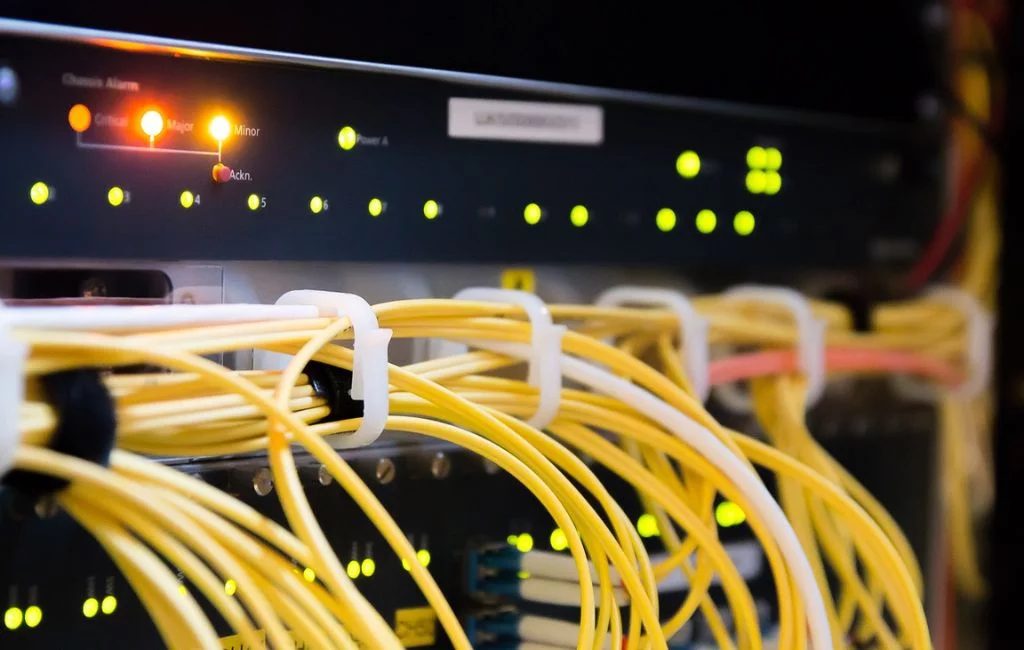Low-voltage cable installation is an essential aspect of modern infrastructure, enabling everything from internet connectivity and smart home systems to advanced security solutions. Keeping up with the latest trends and technologies in this field is crucial for ensuring efficient, reliable, and future-proof installations. In this article, we will explore the latest trends and technologies in low-voltage cable installation, helping you stay informed and make the best choices for your home or business.

1. Advancements in Cable Materials
One of the significant trends in low-voltage cable installation is the use of advanced materials that enhance performance and durability. Newer cables are designed to handle higher bandwidths and data rates, supporting the ever-increasing demand for faster and more reliable internet connections. Materials like enhanced copper and fiber optics are becoming standard, providing better signal integrity and resistance to interference.
2. Integration with Smart Technologies
The rise of smart homes and IoT (Internet of Things) devices has driven a significant shift in low-voltage cable installation. Modern installations now integrate seamlessly with smart technologies, enabling centralized control of various systems such as lighting, heating, security, and entertainment. This trend ensures that homes and businesses can take full advantage of automation and connectivity, enhancing convenience and efficiency.
3. Focus on Sustainability
Sustainability is a growing concern in all sectors, and low-voltage cable installation is no exception. There is a noticeable trend towards using eco-friendly materials and practices. Manufacturers are developing cables that are free from harmful substances and are easier to recycle. Additionally, installers are adopting greener practices, such as reducing waste and optimizing energy usage during installations. This not only benefits the environment but can also result in cost savings over time.
4. Enhanced Security Solutions
Security is paramount in today’s digital age, and low-voltage cable installations are increasingly geared toward supporting advanced security systems. This includes high-definition surveillance cameras, access control systems, and integrated alarm systems. The latest cables are designed to support high data transfer rates, ensuring that security devices operate efficiently and reliably. Furthermore, advanced encryption technologies are being incorporated to protect data transmitted over these cables from cyber threats.
5. Simplified and Scalable Installations
The trend towards simplified and scalable installations is driven by the need for flexibility and ease of expansion. Modular cabling systems and plug-and-play solutions are becoming more popular, allowing for quick and easy installation, upgrades, and maintenance. This scalability is particularly beneficial for businesses that anticipate growth or changes in their technological needs. It ensures that their infrastructure can adapt without requiring a complete overhaul.
Emerging Technologies in Low Voltage Cable Installation
Power over Ethernet (PoE)
Power over Ethernet (PoE) is revolutionizing low-voltage cable installation by allowing both data and electrical power to be transmitted over a single Ethernet cable. This technology simplifies installations by reducing the need for separate power supplies for devices like IP cameras, VoIP phones, and wireless access points. PoE is becoming increasingly prevalent, offering greater flexibility and efficiency in network design. Read More: The Importance of Hiring a Professional Low Voltage Cable Installer for Your Home or Business
Fiber Optic Cables
Fiber optic cables are not new, but their application in low-voltage installations is expanding rapidly. They offer unmatched data transmission speeds and are immune to electromagnetic interference, making them ideal for high-performance networks. The cost of fiber optic cables has decreased, making them a viable option for more applications. Their ability to future-proof installations is a significant advantage, ensuring that systems can handle increasing data demands.
Wireless Low Voltage Solutions
While cables remain essential, wireless solutions are gaining traction in low-voltage installations. Wireless technologies, such as Wi-Fi 6 and Zigbee, are being integrated with wired systems to offer hybrid solutions that combine the reliability of wired connections with the flexibility of wireless networks. These solutions are particularly useful in environments where running cables is impractical.
Conclusion
Staying abreast of the latest trends and technologies in low-voltage cable installation is crucial for optimizing your home or business infrastructure. Advancements in cable materials, integration with smart technologies, a focus on sustainability, enhanced security solutions, and simplified, scalable installations are shaping the future of this field. By understanding and leveraging these trends, you can ensure that your low-voltage installations are efficient, reliable, and ready for future demands.